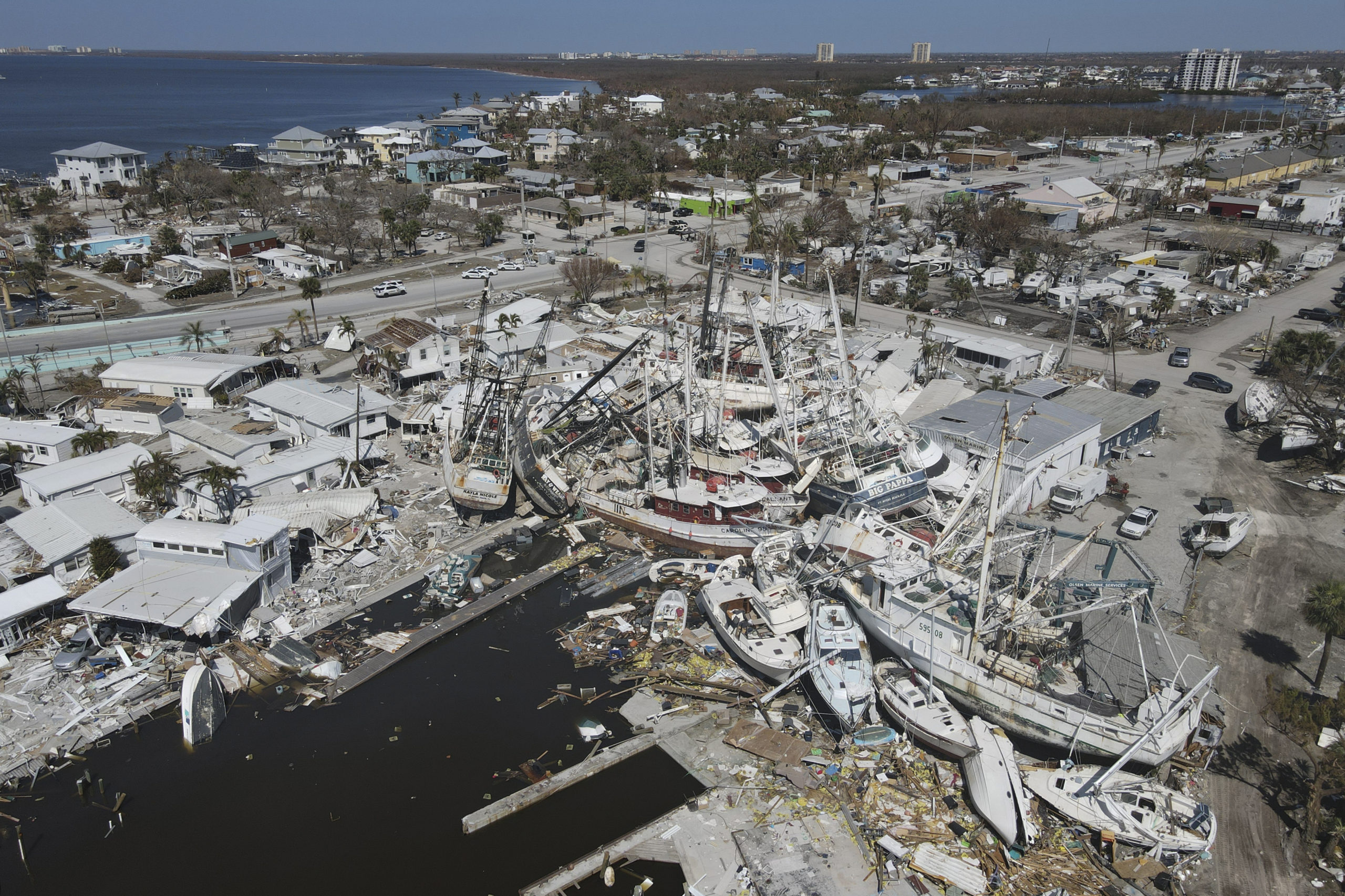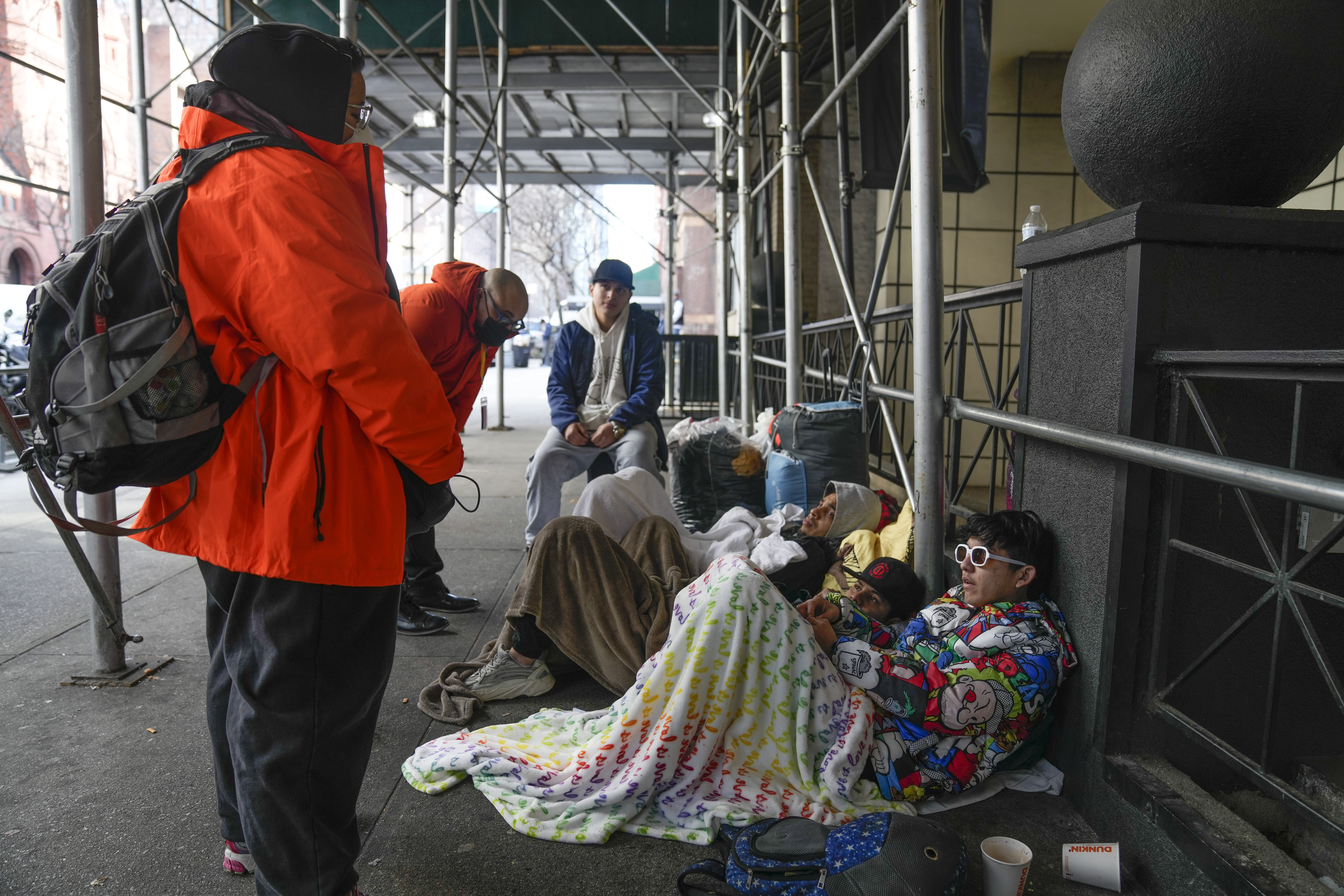Hurricane Ian exited Florida two weeks ago, but the storm has left a mark that will take a long time to forget. The Sunshine state bore the brunt of the storm’s category four force, and the cleanup has just begun.
Tens of thousands of people are expected to file for unemployment benefits because, for many, the jobs they had no longer exist. Many people who will need assistance were working in low-paying service sector industries. According to economists, if those jobs don’t come back, the economies of many cities and regions on the Gulf coast will have a hard time rebounding.
The final number is weeks away from being revealed, but it’s looking like this hurricane could be the most costly to impact Florida. According to a disaster-modeling firm called RMS, the number could land between $53 and $74 billion in total damages.
The one industry that is going to take a long time to come back is tourism. A CNN story quoted Lynn Karoly, a senior economist at the RAND Corporation, who said there’s no way of knowing yet how long it will take to rebuild.
Karoly also said that many of the jobs lost could “eventually be filled by machines, self-serve customer features, or other technologies.”
One bit of good news is that a state like Florida, which had a low unemployment rate and strong economy, has more resources for rebuilding the most damaged areas. The downside is that in poor areas, many residents did not have the necessary insurance coverage to rebuild.
Florida has experienced a population boom recently, but the downside is that people with low-paying jobs will have a hard time finding adequate and affordable replacement housing.
Here’s a quote from Jim Blackburn of Rice University in the CNN report.
“There’s no replacement housing. If you don’t have alternative… safe housing for lower-income people, we’re going to continue to have this same problem over and over and over. It’s unreasonable to develop barrier islands and not expect them to get destroyed.”


















Add comment